7 kitchen accessories you've always used incorrectly (and in vain!)
Most of our kitchen aids are used either incorrectly or not functional at all. It would seem, what could be so complicated about a grater? You take it for yourself and rub the food. However, in almost all cases, this product performs only 10% of its functions. I'll tell you about 7 kitchen accessories, revealing their hidden (or forgotten) capabilities that you might not even know about.
The content of the article
Grater
Of course, almost everyone knows how to use the grater we are used to, but often only one side of it is used for cooking (maximum two!), and there are options with 2, 4 and even 6 sides. If you figure out what each of them is intended for, you can suddenly realize that a grater is one of the most multifunctional and versatile helpers in the kitchen:
- Small round holes. Typically used most often. Thanks to them, you can quickly and effortlessly grate cheese, carrots, potatoes (for potato pancakes, for example), boiled eggs and other products.
- Rectangular holes like a knife. Designed for slicing cheese (you get slices, not shavings), vegetables and fruits. They come out in cute little circles that can be added to a salad or stew.
- Stars. Be extremely careful, as these spikes are very, very sharp - you can easily injure yourself. The side is used for grinding solid products. For example, cinnamon sticks, parmesan, nutmeg and walnuts.Quite convenient and easy, although a little dangerous if you get too carried away.
- In the form of Christmas trees or waves. This is more for designer decoration of dishes, such as salads, canapés, cold cuts and cheeses. The first one perfectly shreds food and you get shaped straws, and the second one - hard vegetables or fruits of a weird shape.
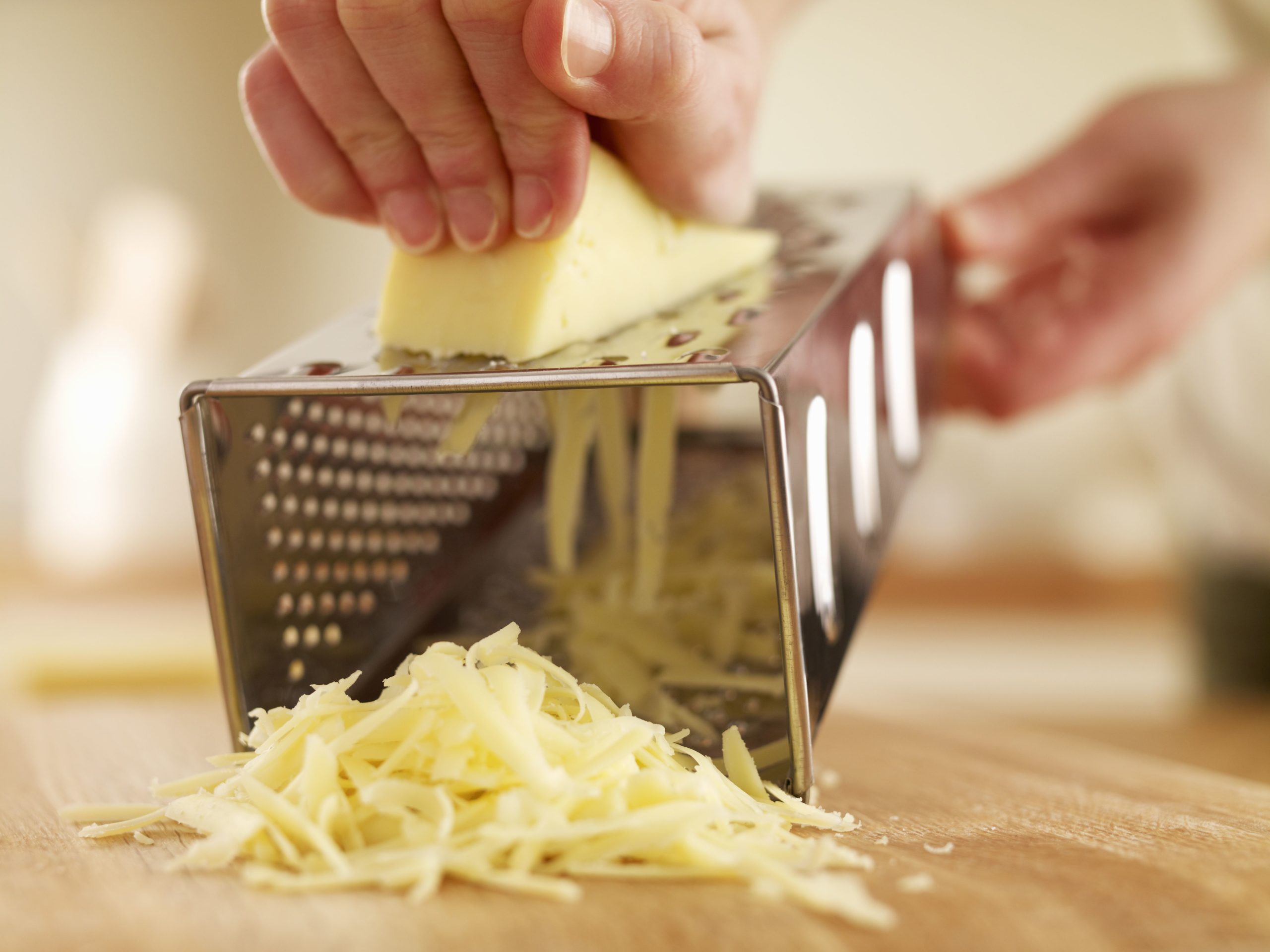
Milk frother
Already from the name it is clear that this accessory is intended for preparing drinks in which thick milk foam is laid on top. But if you are smart, you will find that a similar tool can perform a couple more tasks. For example, when you need to beat a sauce or other liquid in a small container where a blender or mixer cannot handle it (it simply won’t fit through).
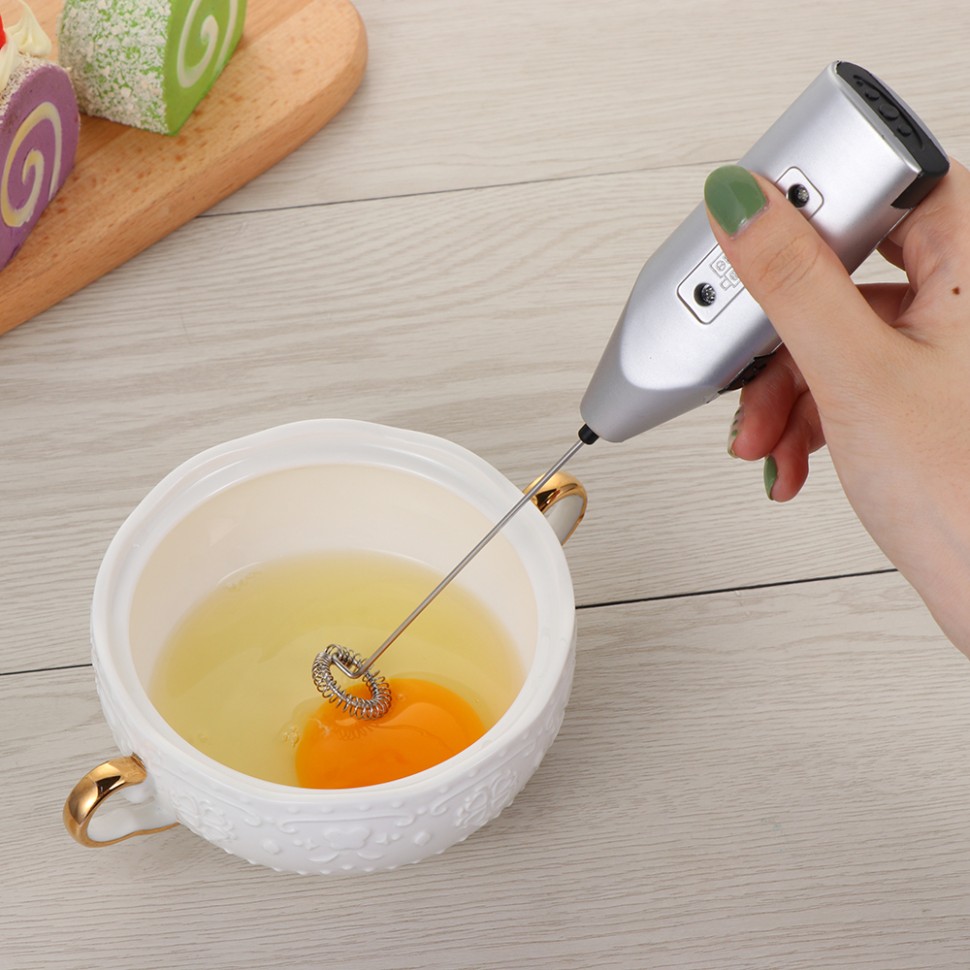
French press
Direct purpose: brewing tea or coffee. But it will help achieve other goals. For example, it will replace the same foaming agent. It is enough to pour milk into the accessory and move the piston (not too hard, otherwise the foam will come through the top). In just a minute you will have a stable consistency - all you have to do is pour it into a glass of drink.

Spaghetti spoon
This fancy skimmer has a special design. As a rule, it contains wavy edges, a depression in the middle and a hole in the very center. In fact, the latter is designed to allow excess liquid to drain from the spaghetti (in the process of removing it from the pan). However, that's not all. It turns out that the hole is very convenient for measuring a portion of raw noodles. Some manufacturers even go so far as to make a special mark near the hole. She can indicate how many people the portion is for: one or two.

Garlic press
We have all seen this tool not only in the kitchen, but also in practice.We insert a slice, press - we get garlic puree. Most of you will be surprised, but you don’t need to peel the garlic for this. It is enough just to cut off the edges of the clove and place it in a press - when pressed, the husk will remain inside.
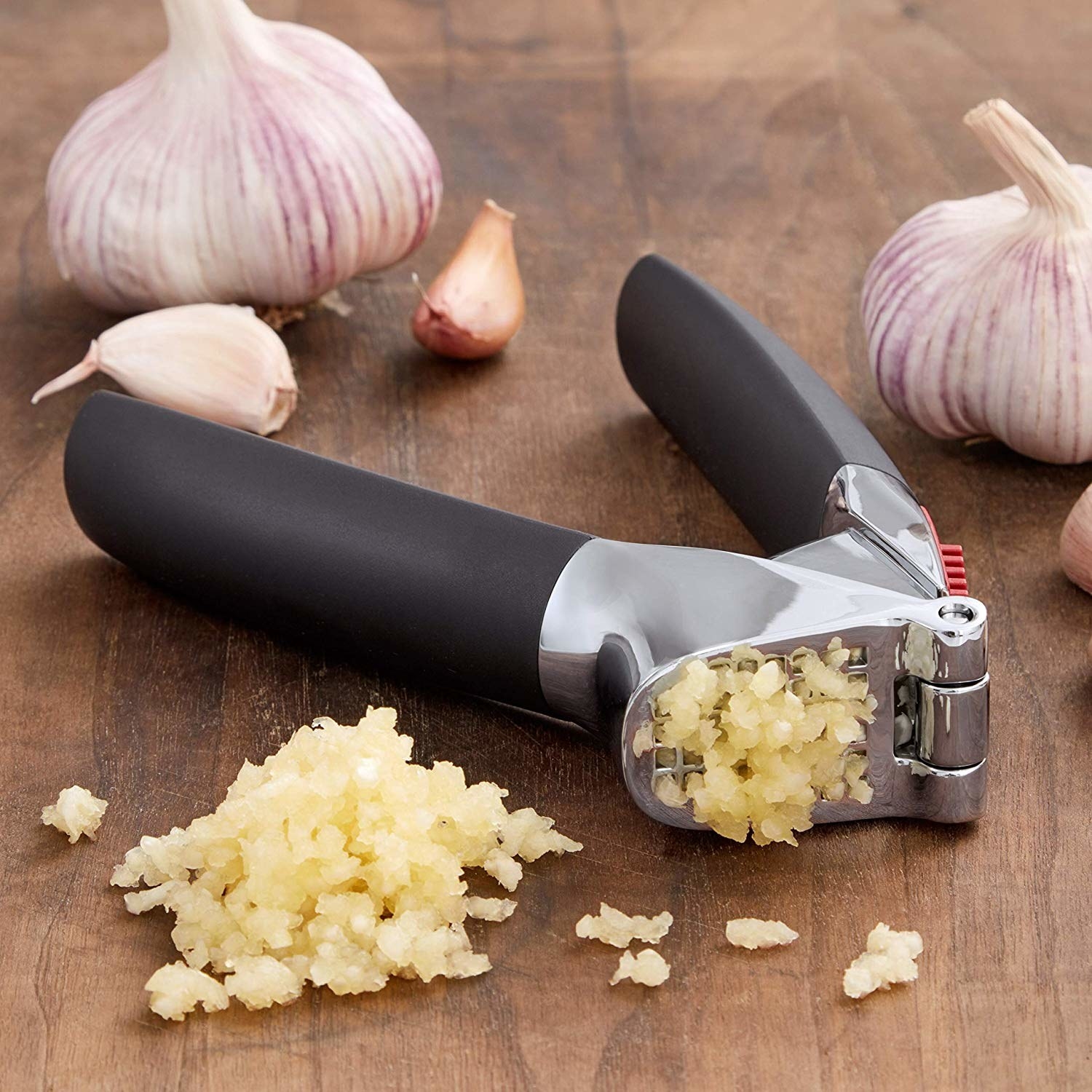
Cutting boards
This item is definitely in any home. And you may have noticed that almost every accessory of this type has a hole. Most people use it in different ways: they hold it with their hand when cutting to make it convenient, or they use it to hang the board on a hook. But savvy chefs have discovered another interesting (and clever!) use: this hole is very convenient for pouring chopped herbs or vegetables. Thus, when the chopped ingredients are placed in a pan of boiling water, the risk of getting burned is minimized. Try it - you will definitely like it!
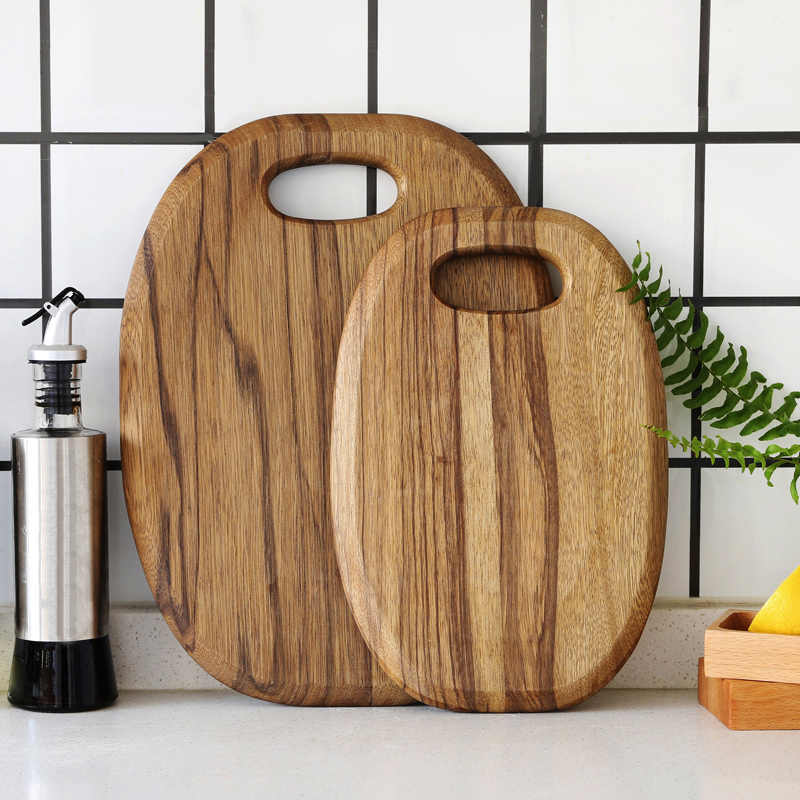
Serrated Knife
There are two types of such tools. One contains teeth throughout the entire blade, and the second - only at the tip. I think there is no need to explain that the first one is intended for slicing bread. But the one in which the notches are located only on a small part can be safely used for slicing tomatoes. It is very easy. We trim the skin (which is quite hard), and then cut the vegetable into whole pieces. It is quite convenient and allows you to keep the pulp intact - the juice does not leak out, and therefore the dishes turn out juicy and aromatic.
However, all options with notches can be used for tomatoes.
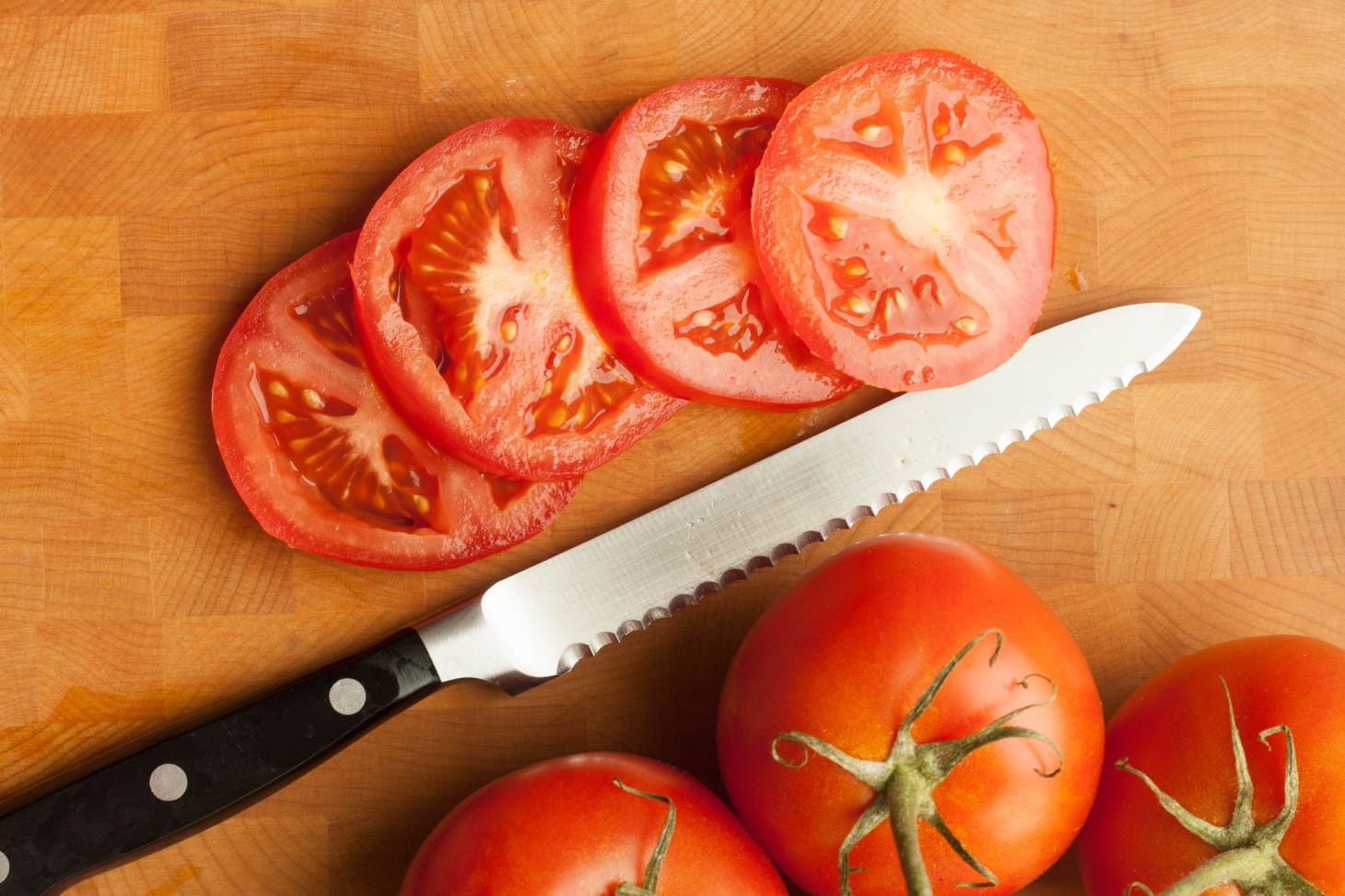
Well, it’s terrible, just to write something...
I suffered for many years cutting lemons into slices with knives with smooth blades (the knives slipped on the skin of the lemon). And then I tried cutting with a knife with small teeth, it cuts perfectly. I use a grater very rarely, mainly to grate onions into minced meat for cutlets. For other purposes, I prefer to grind with a blender. For example, I chop carrots and onions together for sautéing in a frying pan
Getting a burn by pouring vegetables into soup - you have to try)))
Well, if you don’t know how, then don’t even try. Let a pro do it. They will not only receive a burn, but also bruises, concussions, and other injuries that are incompatible with the kitchen

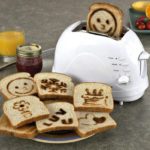


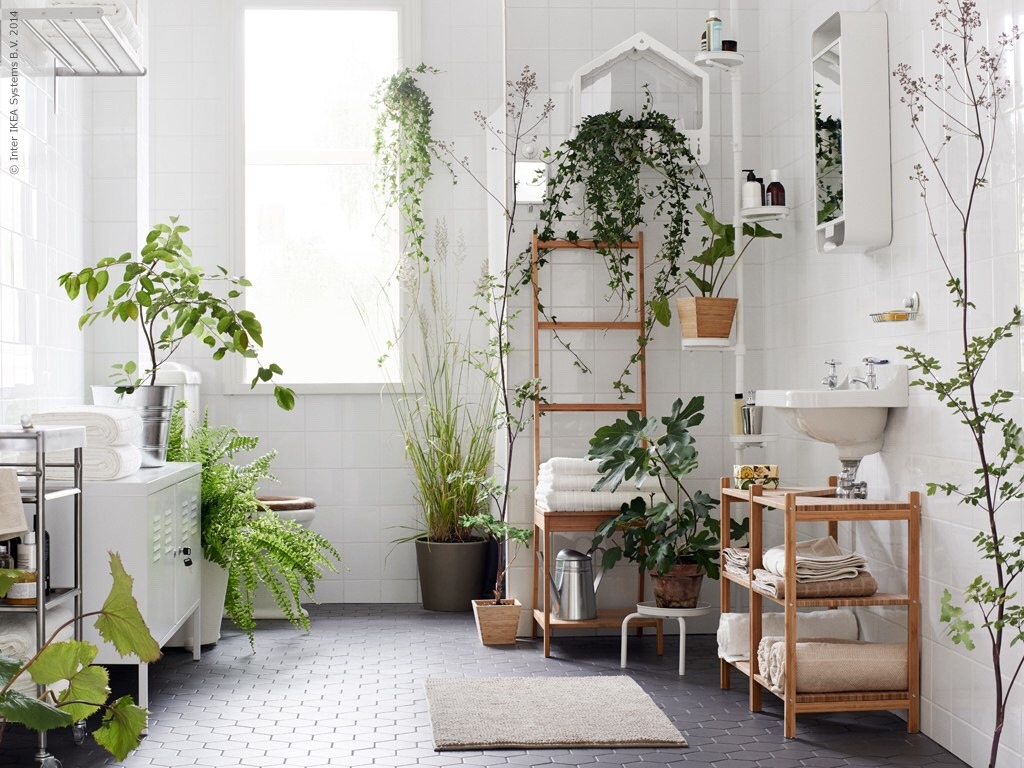

Well, all people are ancient or just born, no one knows how to do anything, only smart authors teach everyone everything. Thank you, we will never forget.